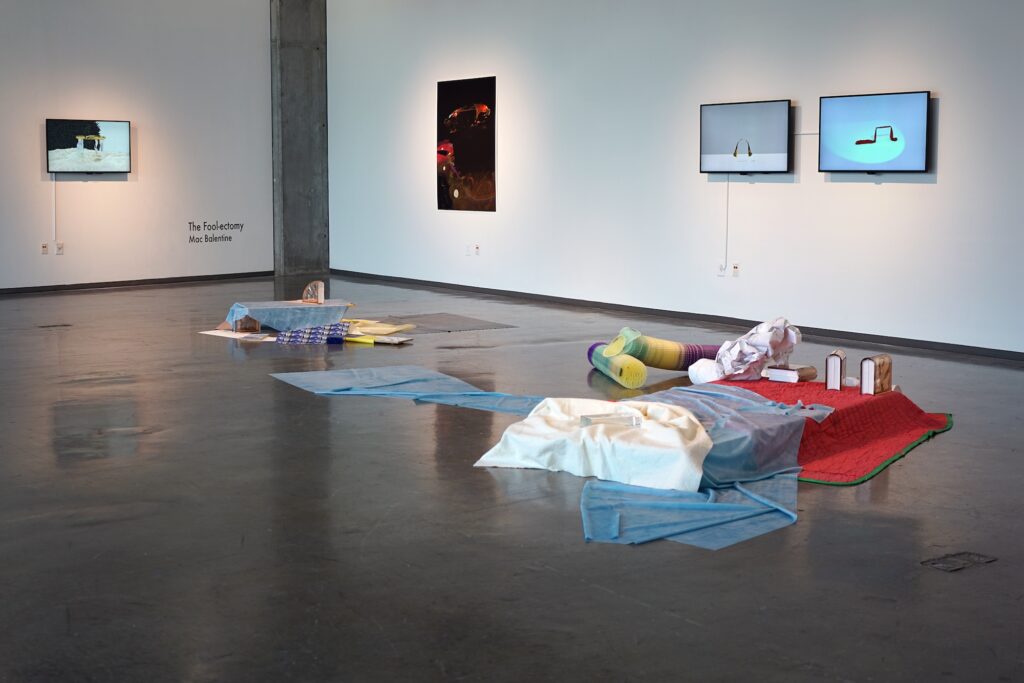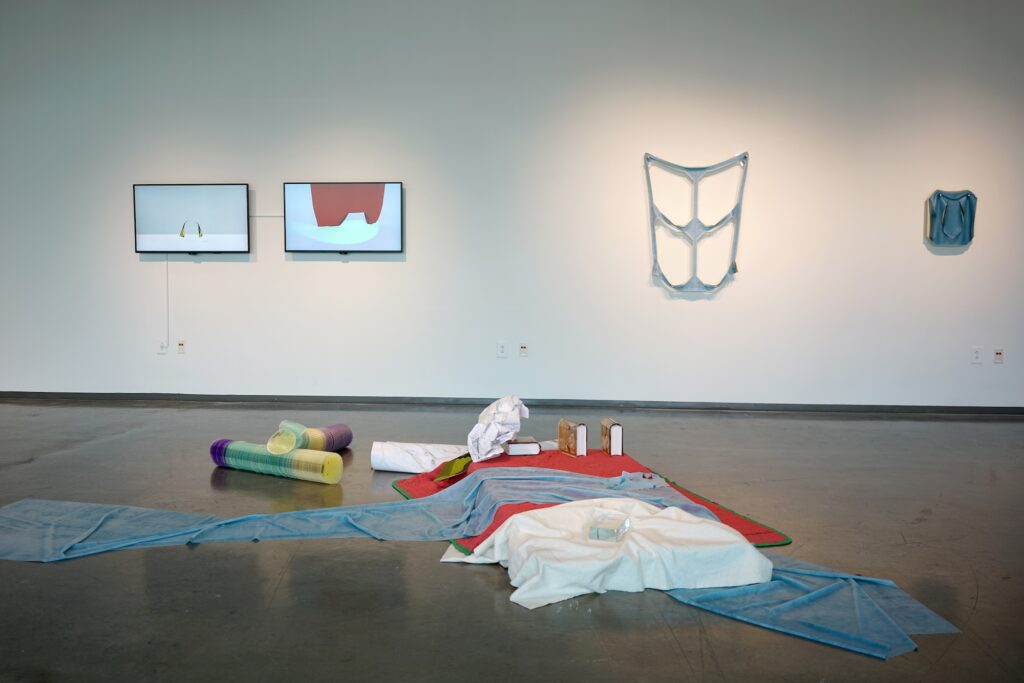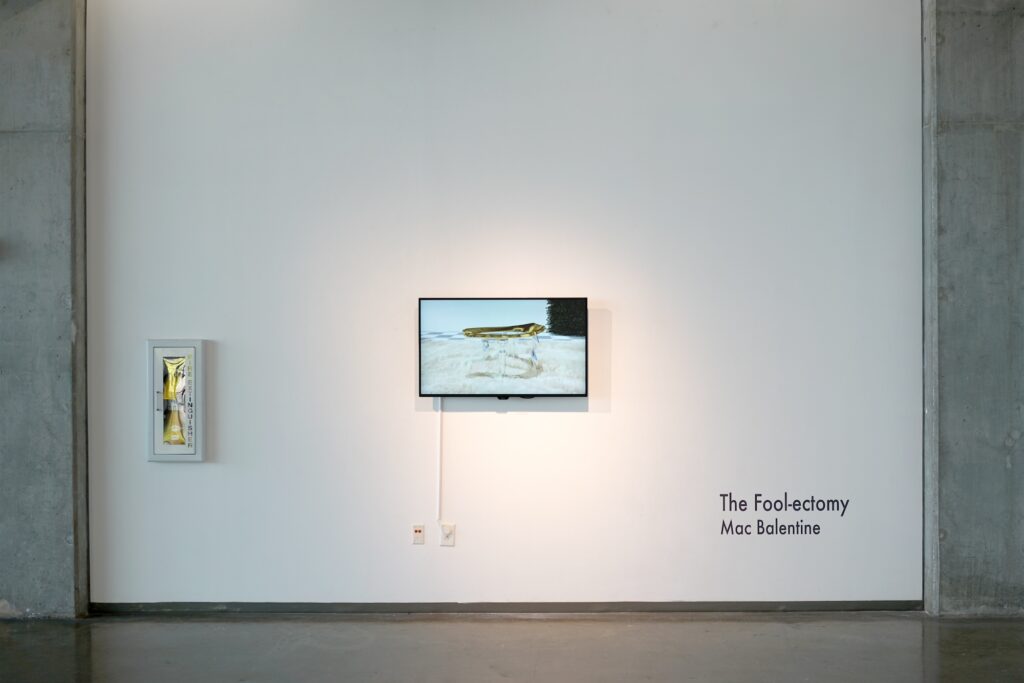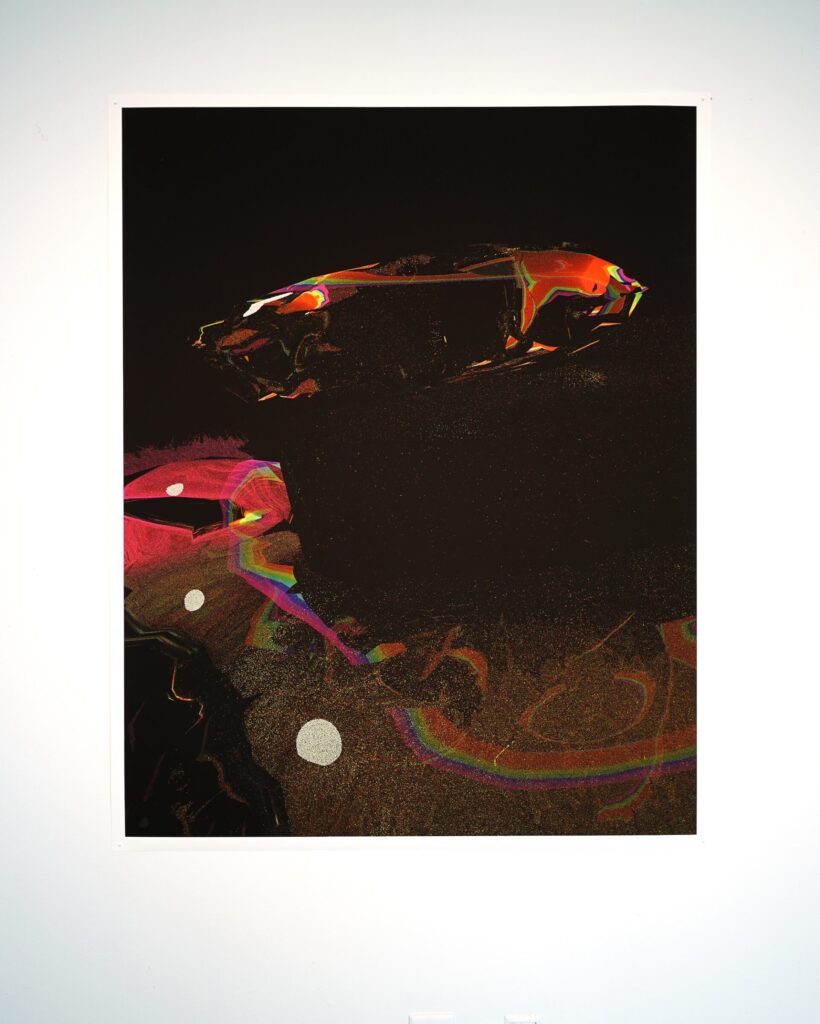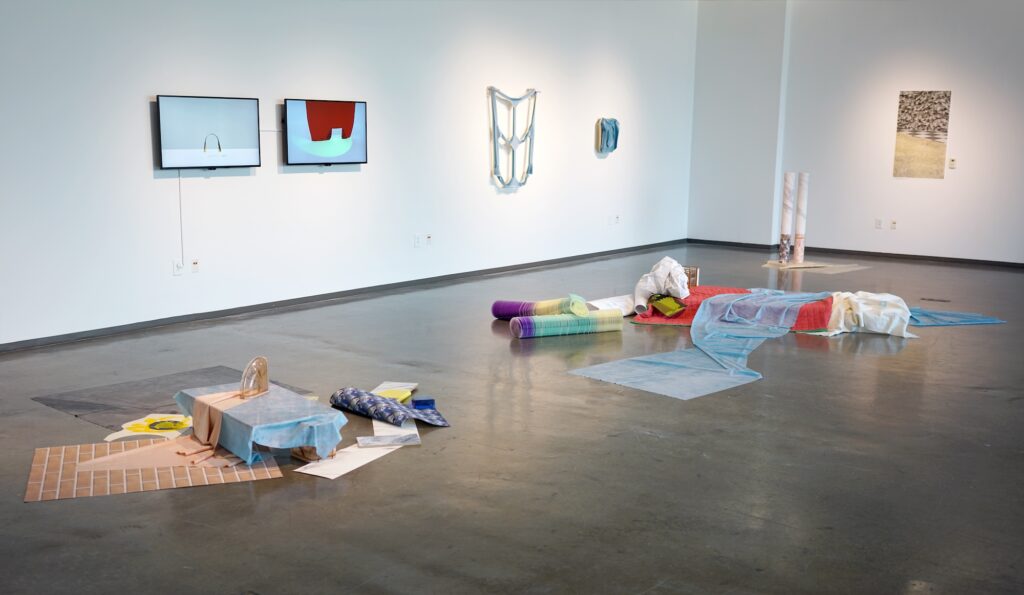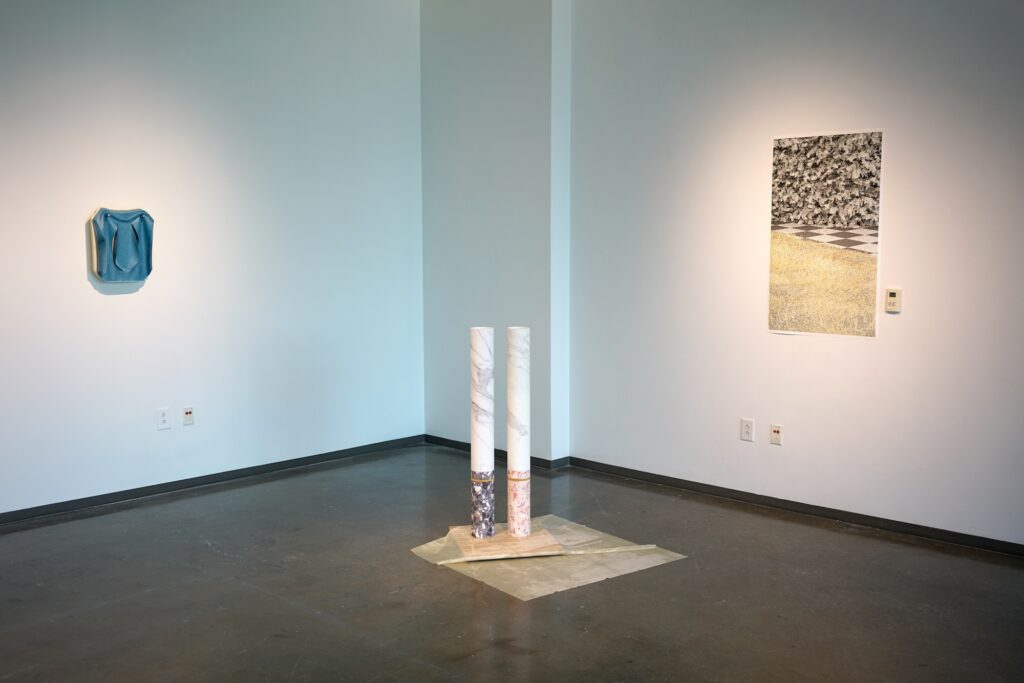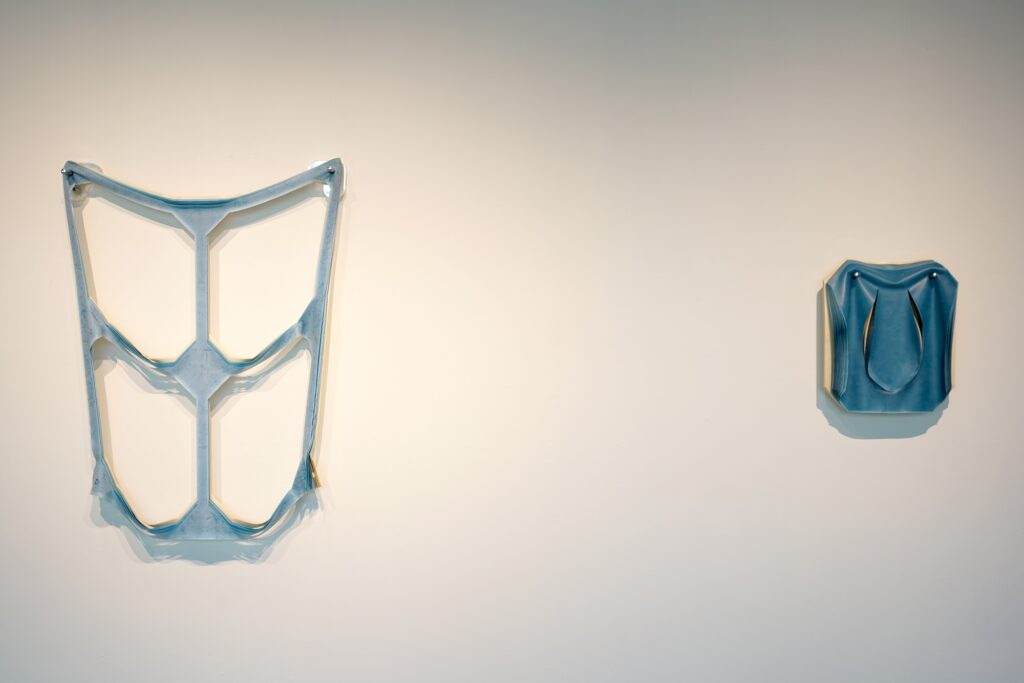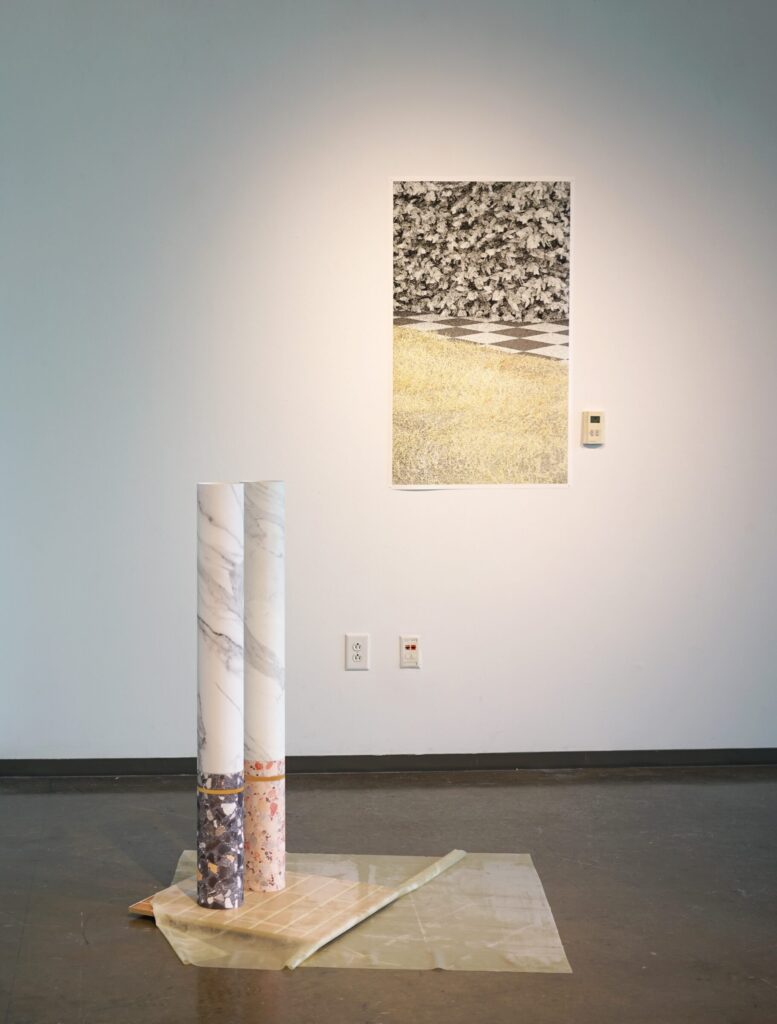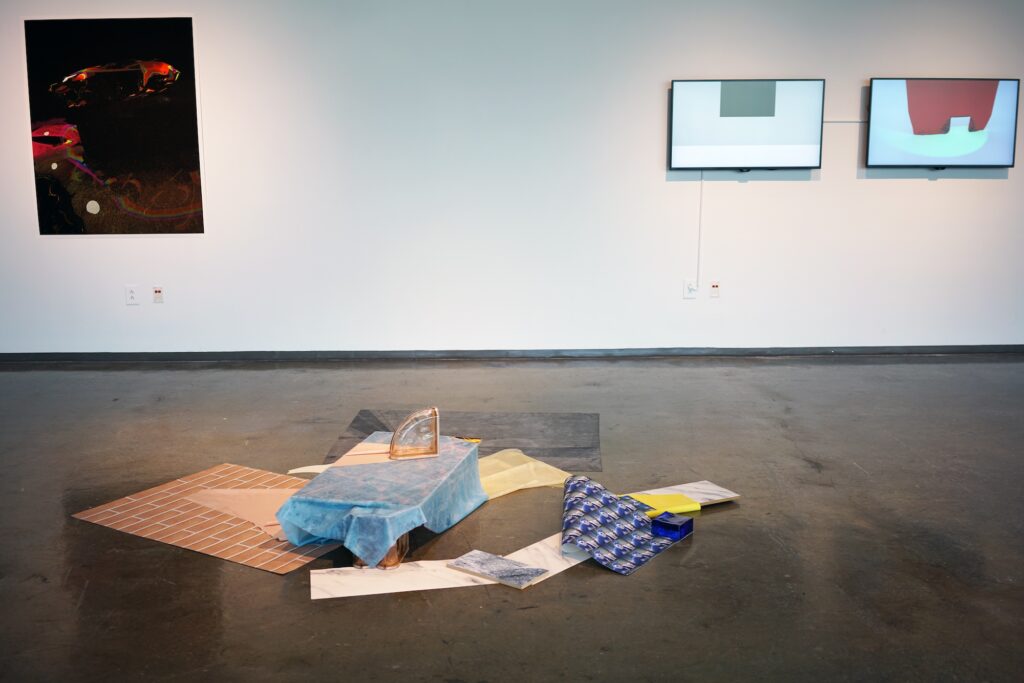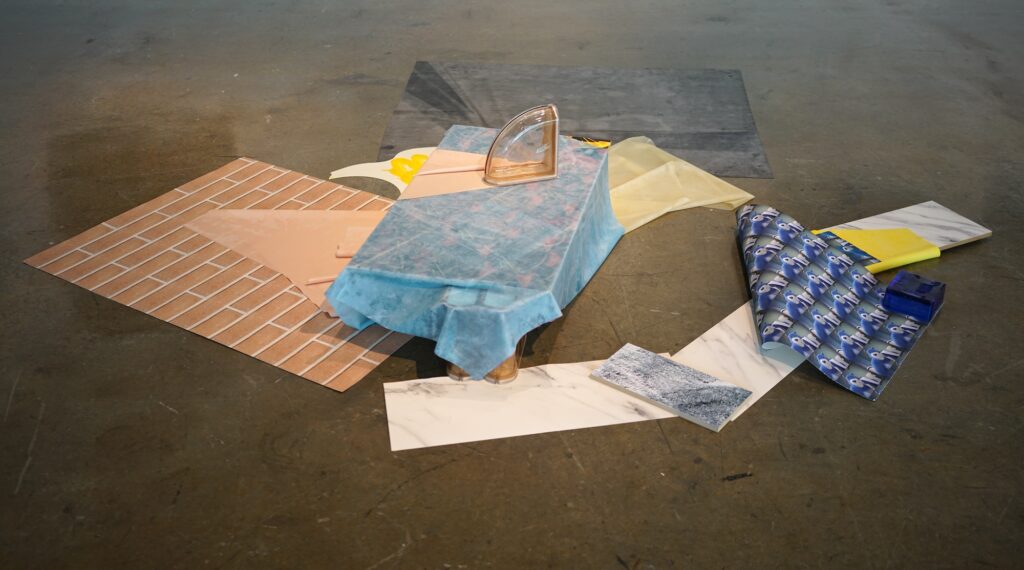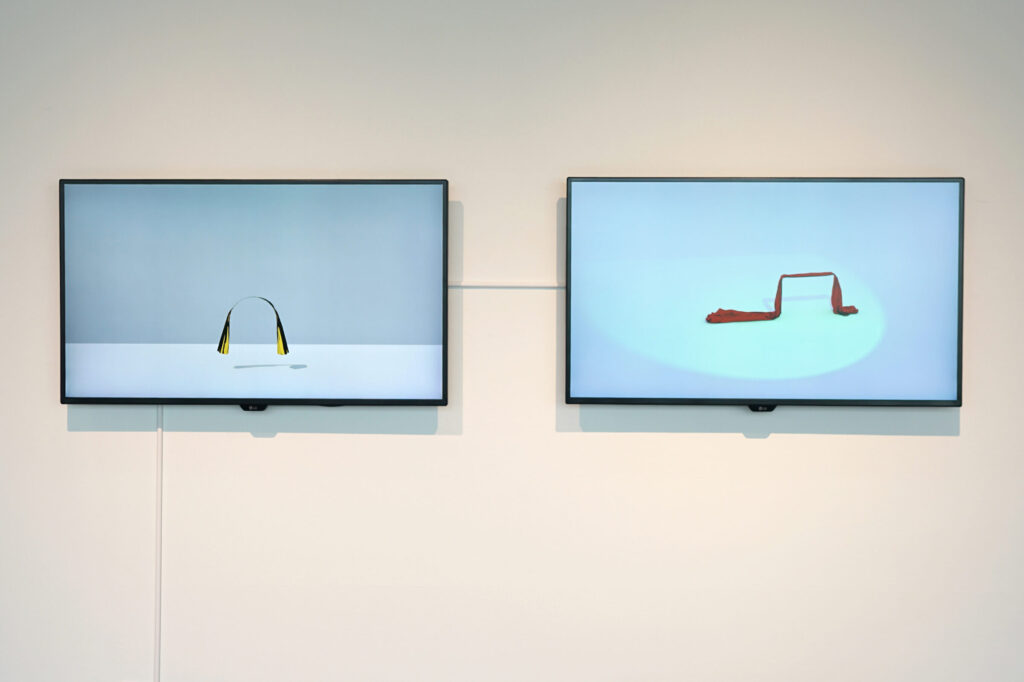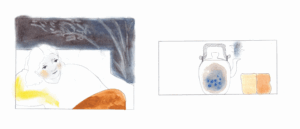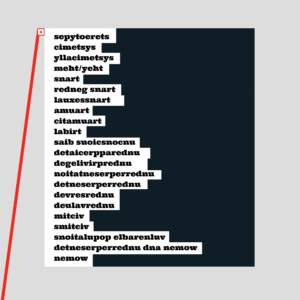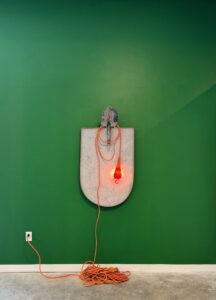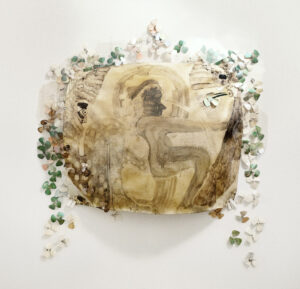“Don’t you know? A wise old saying tells us that since everybody likes doing things according to his own way so much, the land is full of fools. That’s how your fools came about, because you only liked following your own whim and only did your own will. You didn’t discipline yourself: whatever you liked,...
“Don’t you know? A wise old saying tells us that since everybody likes doing things according to his own way so much, the land is full of fools. That’s how your fools came about, because you only liked following your own whim and only did your own will. You didn’t discipline yourself: whatever you liked, you did at once.” — Hans Sachs, “Das Narrenschneiden” (The Fool-ectomy), 1534
This exhibition, featuring the work of Dodd MFA candidate Mac Balentine, engages with the character of the Fool as a framework for understanding shifts in cultural standards of normativity and wellness. In sixteenth-century Europe, the Fool existed as a catch-all character-type for individuals who strayed from the dominant socio-political order in which they lived, including queer people and the mentally ill. Much of the imagery that exists from this period portrays the grotesque body chastised by priests, doctors and onlookers. Difference was pathologized.
The images and objects presented in this exhibition give form to queer identity as acts of resistance and celebration. They explore sex and sexuality through the symbolism and sensation of materials including latex, digital painting, and video. An emphasis in the work on excrement relates to sexual fetish and the abject as well as the Narrenliteratur (Fool Literature) of Renaissance-era Germany which focuses on excrement as a diagnostic tool for understanding the ways in which a patient is behaving foolishly. The Fool-ectomy subverts established normative typologies in contemporary Western culture through tactics of aesthetic seduction.

